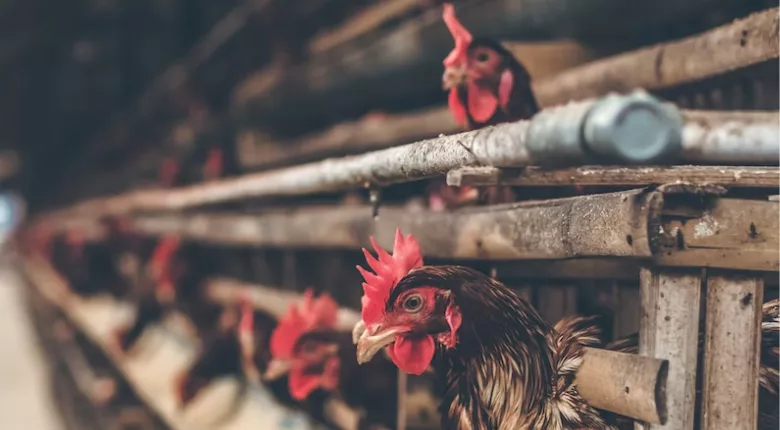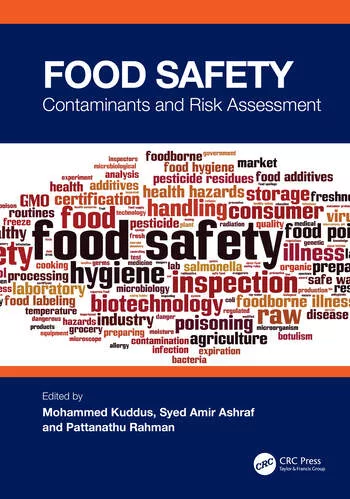Researchers Developing Sensor-Based Decision-Making Model to Mitigate Salmonella Across Poultry Supply Chain, Drive Health Equity

Image credit: Artem Beliaikin via Unsplash
A team of scientists funded by the National Science Foundation is developing a sensor-based decision-making system to assess and mitigate Salmonella contamination across the entire poultry supply chain. Acknowledging the fact that rural and low-income communities have heightened rates of Salmonella infections, one of the goals of the project is to improve health equity by leveraging data to help industry, retail markets, food banks, and local health departments make informed food safety decisions.
The research is led by the University of Missouri, in collaboration with scientists from The University of Missouri—St. Louis, Lincoln University, Auburn University, and the University of Notre Dame.
Specifically, the researchers aim to take the Salmonella detection results from rapid sensors applied at many points across the supply chain and combine them with national population-level data on food production, animal health, population health, and other geospatial data to produce data that will guide risk assessment, visualization, and prediction. Ideally, the sensor would be used in different stages of poultry processing, including washing, defeathering, cutting, packaging, transportation, and storage.
Key to the developing system are the sensors themselves, which use lasers and fiber optic cables to rapidly detect the presence of Salmonella at very low concentrations. The sensors are portable and easy to use, and different sensors being tested can produce results within one hour to as quickly as ten minutes. The researchers are also working on a sensor design that will be able to detect the specific serotype of Salmonella that is present in a sample.
Aside from the creation of the sensors, the project involves the development of a model to help businesses make data-informed decisions to determine which sensors are most effective for their operations and how to place the sensors accurately throughout the supply chain.
Although the research is specific to Salmonella in poultry, the technology and model produced by this project can be adapted to other important foodborne pathogens and supply chains.
The researchers will seek additional funding from the National Science Foundation and other groups to take the multiyear, multi-disciplinary project into its next phase.
Looking for quick answers on food safety topics?
Try Ask FSM, our new smart AI search tool.
Ask FSM →








